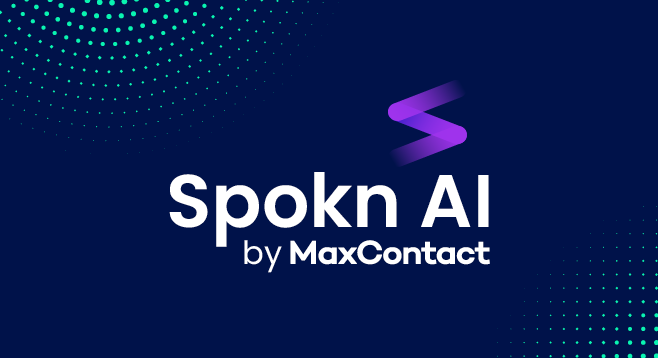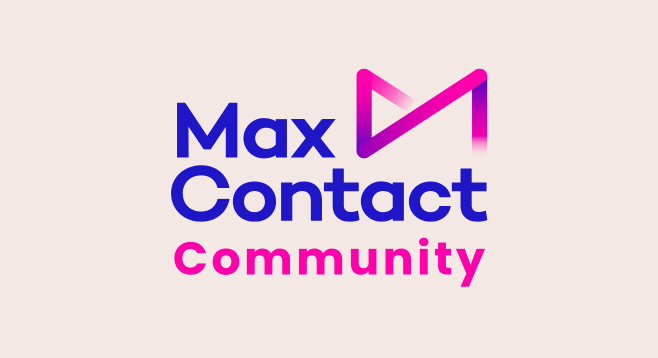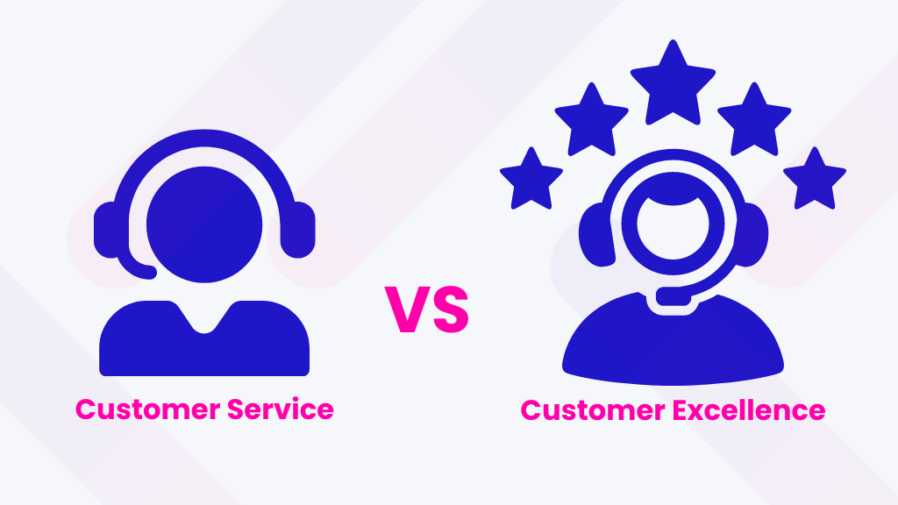Industry regulator Ofcom produces regulations around what contact centres can and can’t do when it comes to automatic dialling.
The regulations can be confusing, having undergone numerous iterations over many years. On top of that, there is no single source of truth – there isn’t even a complete version of all the regulations in one place.
With that in mind, we’ve produced a no-nonsense guide to all current regulations surrounding the use of automatic calling equipment (ACS), with links to accompanying Ofcom and ICO literature.
It’s important that you know these regulations, because neither Ofcom or the ICO accept ignorance as a defence. The penalty for transgression can be severe: over £3,000,000 in fines were handed out in 2018.
For reference:
ACS = Dialler software
Abandoned call = dropped call
Connect = Live call passed to an agent
Silent calls
There are three main causes of silent calls:
1) false positives
2) abandon calls (with no message)
3) agents receiving calls and not speaking or being on mute, which is a reasonably significant cause.
Silent Calls (Page 4)

The 3% drop rate myth
In 2010 Ofcom said companies “should ensure their abandoned call rate is less than 3% of all live calls.”
That seemed clear enough. If dropped (or abandoned) calls were less than 3% of your total, you were safe. Or so many of us thought.
But as it turned out, this was a misinterpretation. Ofcom has since clarified that 3% was meant as a measuring stick and the actual target is 0%. In other words, you can attract regulator scrutiny with any percentage of dropped calls.
Despite Ofcom’s clarification, many people in the industry still think the 3% rule applies – and some even run their diallers with 3% in mind. We have even seen suppliers of dialler equipment advertise the 3% rule as compliant.
It isn’t. This is why we developed our un-droppable algorithm, which helps contact centres stick to 0% dropped calls even in blended environments.
Reference – see Section A4.12
Drop call calculation
Knowing how to calculate the drop call rate accurately is essential if you want to remain compliant, and there are still quite a few systems that get it wrong. They either use the wrong formula or, knowingly or otherwise, add inbound and manual dial connects into the equation to artificially reduce the drop call rate.
The correct formula is:
Drop rate = Drops/(Drops + Connects)
It’s worth checking Ofcom’s guidance (see Section A3.8) on calculating the drop call rate. It has examples with AMD both on and off.
15 second minimum ring time
This rule stipulates that you have to call a number for a minimum of 15s before disconnecting as a no answer.
The rule was introduced to prevent the practice of “pinging”, whereby diallers would ring a number for 1 second to try and generate a missed call. The next day agents would dial all the numbers found to be “live”. You can imagine how annoying this was for customers.
The only contentious point around the 15s minimum ring revolves around preview calls, which are automated but in every other way are the same as a manual call. Manual calls are not restricted to the 15s minimum. Because of this, whether or not you need to adhere to the minimum ring time rule on preview calls is open to interpretation. The Ofcom wording is in Section A2.15.
Rotating CLI
Not long ago, there was a trend for calling line identification (CLI) calls to display local numbers. The system would present a Manchester number when calling a Manchester number, a Newcastle number when calling a Newcastle number, and so on.
This was primarily done to increase connect rates, and it worked pretty well. It also rotated the numbers, so people didn’t recognise you.
But because Ofcom and the ICO base complaints on the CLI, it was seen as a way of avoiding investigation because contact centres were presenting 150+ different numbers. So complaints to a single number were low even when complaints about the call centre as a whole might have been very high.
Ofcom acted, and carriers are no longer allowed to automatically rotate numbers, so the practice is vastly reduced. But you can still present different numbers if you have a valid reason. For example, a well-established car dealership with branches around the UK, but a central call centre, can present a local dealer’s number.
For more, see the Ofcom regulations, Section A1.20 – A1.23
Answer Machine Detection (AMD)
There’s a lot of controversy around AMD use. Ofcom now makes firms take false positive rates into consideration when calculating drop rates (though it has suggested it may drop this).
This is because inadequate systems with poor AMD were causing silent calls on false positives. In other words, when the system thought a live person was an answering machine, no message played and the call was not passed to an agent (see below on leaving a message).
But AMD use is not banned, and it can play an essential role in the productivity of contact centres. In fact, it can increase efficiency by 100% in some cases, but it must be used correctly.
For more, see Section 4.41 of the regulations.
Two second CPA rule
CPA stands for Call Progress Analysis and is part of the AMD function. Two seconds is the amount of time your CPA is given to determine whether the called party is an answering machine or a live person.
Many providers say two seconds is not enough and, as a result, AMD can’t be used compliantly. They’re wrong. In our case, if we can’t determine whether the answered call is an answering machine or not, we pass the call through to an agent and play it safe.
If your current system “holds” onto the call longer than two seconds you are non-compliant, which is why you often get recommended to turn AMD off rather than the vendor resolving the problem.
For more, see Section A2.19 of the regulations.
Leaving messages
In a silent call, someone answers the phone only to be met with silence from the other end. Needless to say, Ofcom is not in favour of silent calls.
It’s recommended that an answerphone message is left, so false positives would no longer result in silent calls. The problem here is the huge proliferation of answer phone messages, but Ofcom’s number one priority is to tackle silent calls. It all comes down to the contact centre: you have to make the choice.
For more, see Section A1.6, A2.16
Drop call message
When dialling predictively you are calling more people than you have agents, which can occasionally result in dropped calls. Instead of silent calls, Ofcom insists a drop call message is played to the consumer. It also offers guidelines on what the message should and shouldn’t say.
For more, see Section A1.14 of the regulations.
False positive
In the context of AMD, a false positive occurs when the system detects an answer machine even though a person has answered the phone. This results in silent calls and complaints from consumers.
The recommendation from Ofcom here is to play an answer machine message. Consumers will hang up, but at least they won’t experience a silent call that can be at best annoying and at worst frightening.
See Section A1.6 – 1.8 of the regulations.
Call blocking from carriers
This is a relatively new addition to Ofcom’s plan to tackle nuisance and silent calls. What it means is that carriers – or more accurately termination endpoint carriers – can block you if they think you are making nuisance calls to their clients. This isn’t the carrier you are using to make calls, it’s EE, Vodafone, BT or Telefonica (o2).
Carriers now have a shared database of nuisance callers. It’s possible that if one blocks you, they all will.
This is an automated response to perceived nuisance calling, based on two main factors:
- Connect rate or ASR (Answer Seizure Ratio)
If your connect rate to Vodafone (for example) is low – i.e. people aren’t answering the phone – then Vodafone will interpret this as people not wanting to talk to you.
- ACD (Average call duration)
Taking Vodafone again as an example, if call duration length is low Vodafone might view this as clients not wanting to speak to you. “Low” typically means less than 30 seconds. Leaving an answer machine message can help, as it increases the average call duration.
These factors will often result in an automatic calling block to Vodafone numbers from your CLI.
The only way to get around this is to change your number. You should also make a complaint to the termination carrier if you think they have blocked you by mistake.
Unfortunately, as Ofcom makes clear, this blocking policy is actively encouraged:
Page 6 – Technical Measures (Ofcom forms Strategic Working Group)
Page 5 – Strategic Working Group (Ofcom confirms the SWG has blocked a large number of nuisance calls since its formation)
Page 4 Formal Blocking Directions
A new focus on blocking
Automatic System Recalls
You are not allowed to call previous dropped calls within 72 hours, or answer machines the same day (note: not 24 hours), unless you can guarantee an operator is present. Preview or manual dialling is fine. This is one of the reasons MaxContact has mixed-mode dialling, which means we can automatically move records from “predictive” to “preview” and back again.
Drop Calls – Section A2.9
Harassment
What exactly “harassment” means is not clearly defined and is open to interpretation. The term “a reasonable amount” is often used, but that’s unclear what that means in practice.
This needs Ofcom clarification. It can boil down to the nature of the calls. Debt collectors have a valid reason for calling but how much is too much? We have seen agreements in place between the FCA and some contact centres that allow X calls per day but no more than Y times per week, for example.
Maximum attempts to a user
Again, this is not defined in the regulations and needs clarification. Common sense should be applied, and the strategy modified in line with the nature of the call.
DNC list
Do you need one? It’s not in the regulations, but it’s good practice to have one. There does need to be a way for people to remove themselves from calling lists either by speaking to an agent or more commonly now through self-service IVRs.
The mention of DNC lists is in Section A1.25 here.
TPS
If you are not checking Telephone Preference Service (TPS) you have a problem. The ICO has taken over this side of the regulations, and they are serious about enforcement. Many recent fines have been around TPS breaches, and non-compliance is easy to prove.
If your third party data supplier says it screens against TPS, you have to ensure it really does. Spot check the data. If your supplier is not doing it, you’re still liable for due-diligence.
See Section A1.25, the TPS website and the ICO website
The good news
The good news is that, according to Ofcom statistics, consumer complaints are reducing:

But contact centres still need to do all they can to avoid falling foul of these rules, and potentially taking significant financial and reputational damage.
MaxContact is your friend here. Our sophisticated customer engagement solution will keep dropped calls to an absolute minimum (in fact, close to zero), while helping you remain compliant.
If your contact centre is struggling with this or any other aspect surrounding regulations or compliance, or want to know how we turn new regulations to your advantage, please get in touch.






